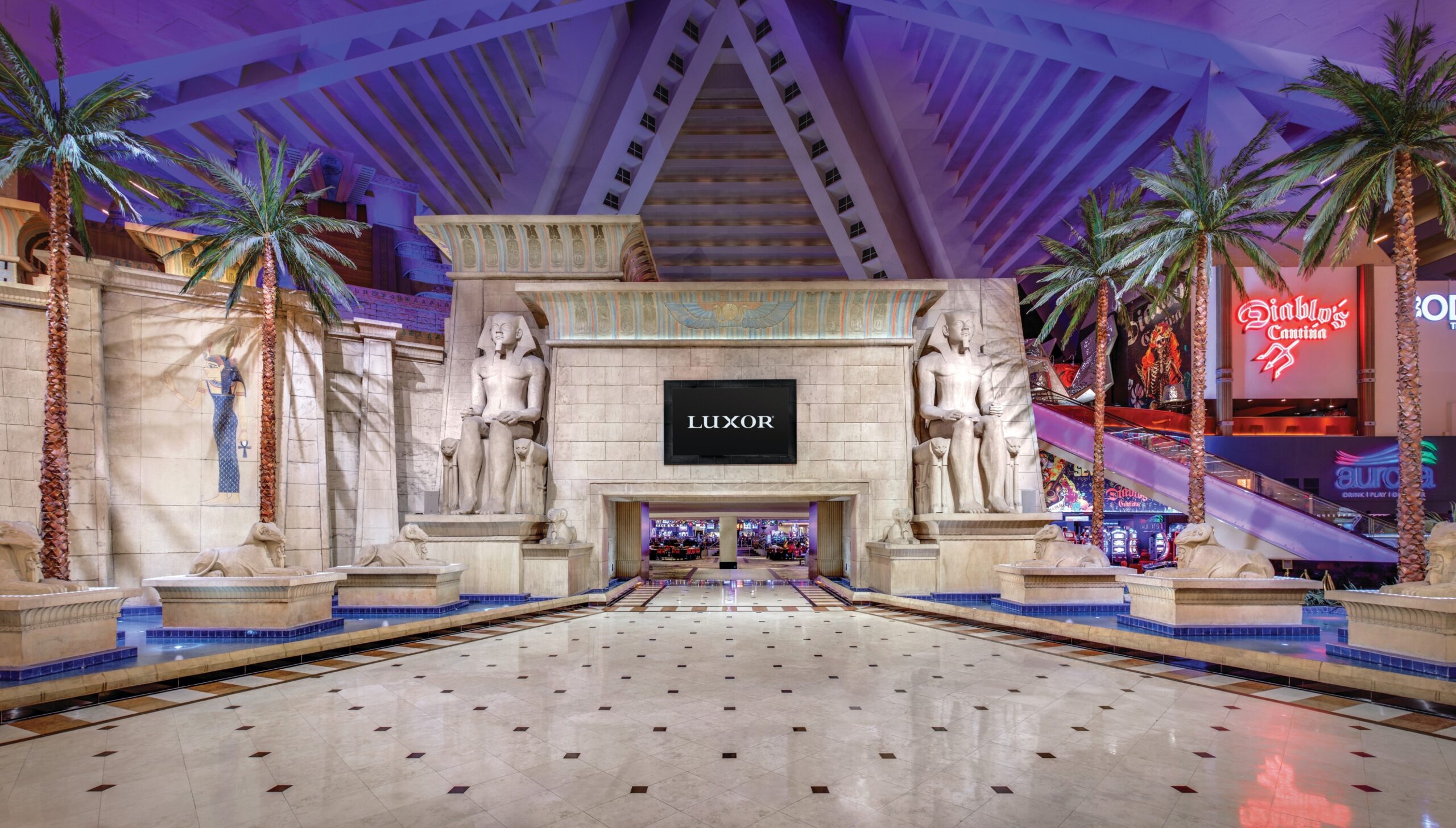Exploring Ancient Wonders: A Guide to Luxor, Egypt
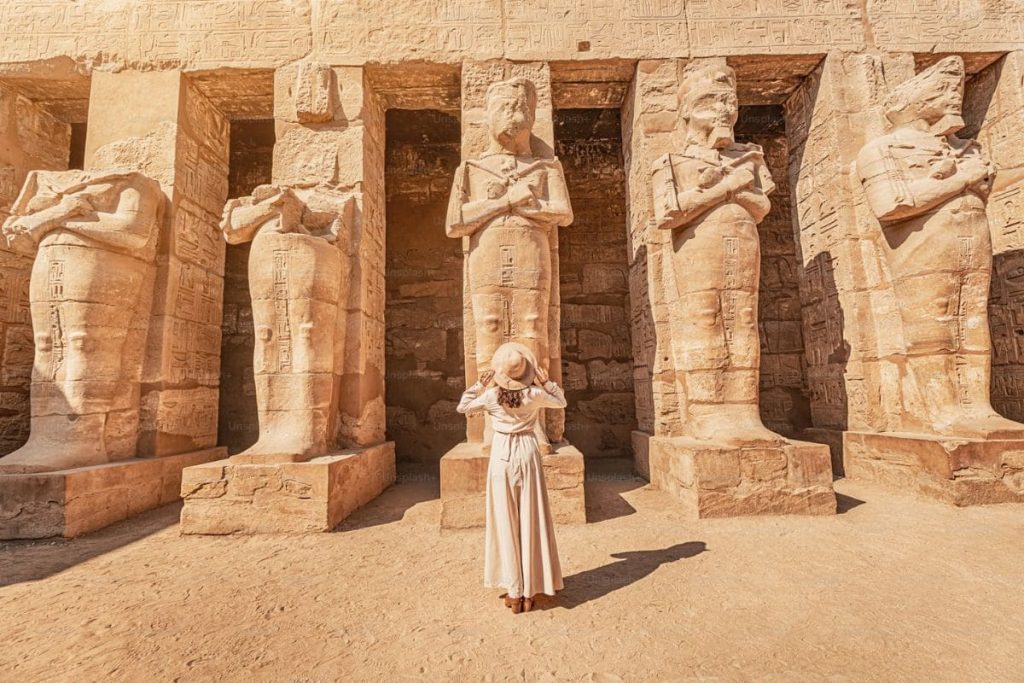
Introduction
Overview of Luxor, Egypt
Luxor, often referred to as the “world’s greatest open-air museum,” is a mesmerizing city situated along the banks of the Nile River. Rich in history, it boasts some of the most remarkable ancient structures, including glorious temples and burial sites. With its spellbinding landscapes, Luxor captures the imagination of every traveler.
Importance of Luxor’s Ancient Wonders
The ancient wonders of Luxor are vital not just for their stunning architecture but also for their historical significance. Key highlights include:
- Valley of the Kings: Home to the tombs of pharaohs, including Tutankhamun.
- Karnak Temple Complex: An impressive religious site featuring massive columns and intricate hieroglyphs.
- Luxor Temple: A beautiful temple that reflects the grandeur of ancient Egyptian civilization.
These sites provide invaluable insights into the culture, religion, and artistry of ancient Egypt, making Luxor a must-visit for anyone captivated by history and archaeology. Exploring Luxor feels like stepping back in time, fueling curiosity and admiration for this awe-inspiring civilization.
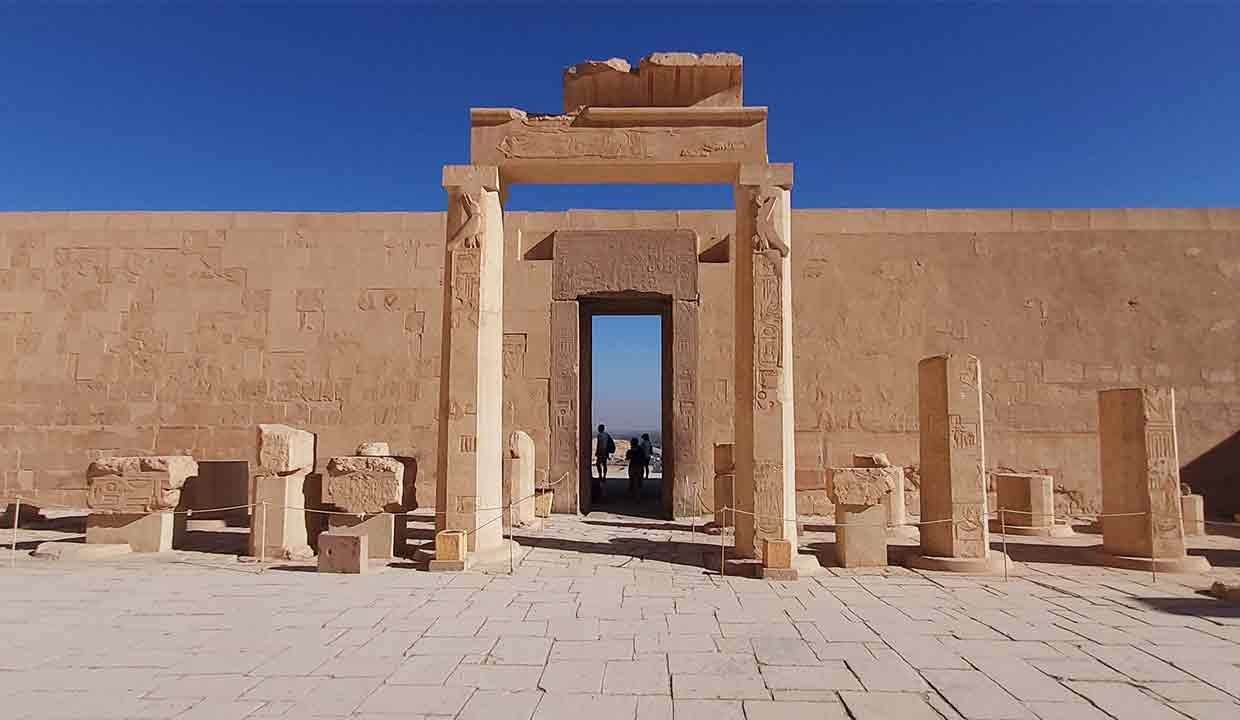
History of Luxor
Ancient Thebes: Luxor’s Past
Once known as Thebes, Luxor thrived as the capital of ancient Egypt during the New Kingdom (1550-1070 BC). The city’s strategic location along the Nile enabled trade and culture to flourish. You can almost hear the echoes of ancient celebrations as you stroll through its storied streets.
- Cultural Hub: Thebes was a center for religious practice and the arts.
- Political Power: It was the heart of Egypt under powerful pharaohs, where influential decisions were made.
Pharaohs and Temples
The grandeur of Luxor is reflected in its stunning temples and monuments, built to honor the pharaohs who ruled during its most prosperous times. Key sites include:
- Karnak Temple: A colossal complex dedicated to Amun-Ra, the city’s protective deity.
- Luxor Temple: Constructed to celebrate the renovation of kingship, this temple reflects the close connection between the pharaohs and the divine.
These magnificent structures serve as a reminder of the legacy and impact of the pharaohs, whose divine reign shaped the course of Egyptian history. Walking amongst these ancient temples, one may feel a connection to the past, as if the ghosts of bygone eras linger just out of sight.
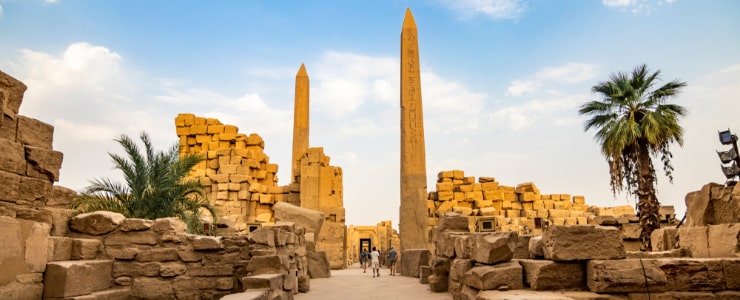
Top Ancient Sites to Visit
Valley of the Kings
The Valley of the Kings is undoubtedly one of the most iconic sites in Luxor. Nestled between rugged hills, this royal burial ground is the final resting place of many pharaohs, including the famous Tutankhamun. Wandering through its dusty corridors, visitors can marvel at:
- Intricate Wall Paintings: Vibrant scenes depicting the afterlife.
- Historical Significance: Insight into burial practices and beliefs of ancient Egypt.
With each tomb having its unique story, the Valley of the Kings is a treasure trove of history and artistry.
Karnak Temple Complex
Next on your journey should be the Karnak Temple Complex, a sprawling tribute to Amun-Ra, the god of the sun. As you enter through the massive gates, you are greeted by:
- The Great Hypostyle Hall: Home to 134 towering columns, creating a breathtaking effect.
- Sacred Lake: A serene spot perfect for reflection amidst the bustling temple grounds.
Spending time here allows for an immersive experience into the religious practices and beliefs of ancient Egyptians—it’s as if you can hear the prayers that once filled the air.
Luxor Temple
Finally, don’t miss Luxor Temple, which captivates with its enchanting evening illuminations. This temple, built to honor the pharaohs and the gods, offers:
- Stunning Statues: Pairs of colossal statues of Ramses II guard the entrance.
- A Fascinating History: Witness the gradual transformation of the temple from a religious site to a political center.
Exploring these ancient sites in Luxor not only immerses visitors in the grandeur of Egyptian civilization but also provides a unique connection to the past that leaves a lasting impression. Each location whispers tales of glory and mystique, making every corner a historical adventure.
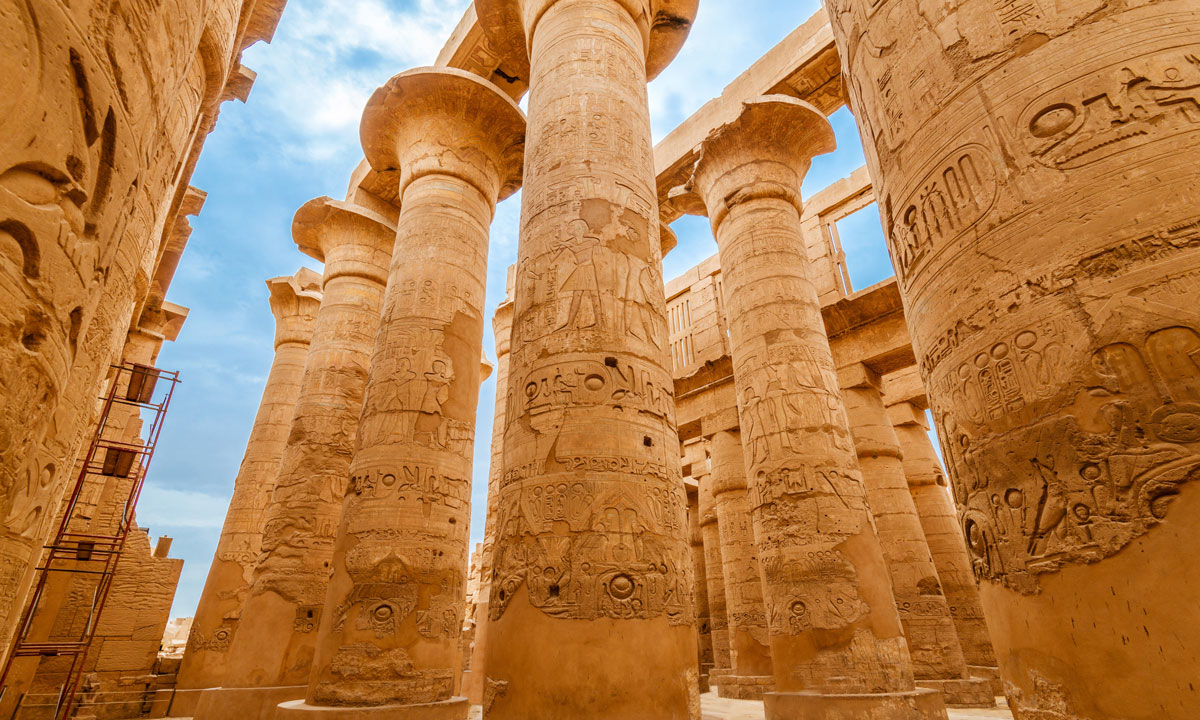
Modern Luxor
Current State of Luxor
Today, Luxor blends its rich historical heritage with the vibrancy of modern life. The city has grown to accommodate its role as a premier tourist destination. Visitors can enjoy:
- Welcoming Local Communities: Locals are known for their hospitality, often greeting travelers with warm smiles.
- Modern Amenities: From cozy hotels to charming cafes, Luxor provides comfort while maintaining its cultural charm.
Despite its growth, the city has successfully preserved its essence, balancing tradition and modernity.
Tourism in Luxor
Tourism in Luxor has surged, attracting history enthusiasts and curious travelers from around the globe. The influx of visitors creates a lively atmosphere, especially at major sites. Highlights include:
- Guided Tours: Knowledgeable guides enrich experiences with captivating stories of ancient Egypt.
- Cultural Festivals: Events celebrating Egyptian heritage offer a delightful glimpse into local traditions.
With its fascinating blend of history and contemporary life, Luxor has become a hub for those eager to explore the wonders of one of the world’s oldest civilizations. Walking through its streets, you can feel the energy that comes from a city that honors its past while thriving in the present.

Tips for Exploring Luxor
Best Time to Visit
To fully enjoy the magical allure of Luxor, timing is everything. The best months to visit are from October to April when temperatures are cooler and more comfortable for exploring. Consider these points:
- Avoid the Summer Heat: July and August can be sweltering, making outdoor activities challenging.
- Cooler Evenings: Enjoy delightful strolls at sunset, perfect for experiencing the stunning views of the temples.
Planning your visit during these months allows for a more pleasant exploration of this ancient city.
Cultural Etiquette
Navigating cultural norms is essential for a respectful and enriching experience in Luxor. Here are some friendly tips to keep in mind:
- Dress Modestly: While Luxor is more relaxed than some places, it’s considerate to wear clothing that covers shoulders and knees, especially when visiting sacred sites.
- Greetings Matter: A simple “Salam” (hello) can go a long way in connecting with locals.
Being mindful of local customs enhances the travel experience, leading to deeper connections and richer interactions with the warm and welcoming people of Luxor. Each thoughtful gesture not only shows respect but also opens the door to genuine encounters that make every visit memorable.
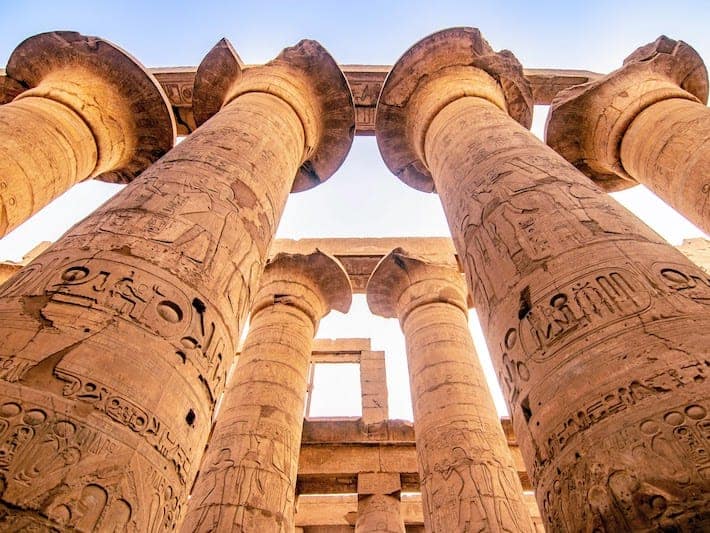
Hidden Gems and Lesser-Known Sites
Deir el-Medina
Just a short trip from the bustling sites of Luxor lies Deir el-Medina, an ancient village once home to the skilled artisans who crafted the tombs in the Valley of the Kings. This hidden gem is a treasure trove of history, offering:
- Well-Preserved Tombs: Explore the richly decorated tombs of the artisans, showcasing their artistry and daily life.
- A Glimpse into Life: The site includes remains of homes and a temple, providing insight into the lives of those who served the pharaohs.
Visiting Deir el-Medina feels like stepping back in time, where you can literally walk through history.
Colossi of Memnon
Next, venture to the Colossi of Memnon, two grand statues that stand sentinel over the Nile’s western bank. These towering figures of Pharaoh Amenhotep III embody both majesty and mystery. When visiting, be sure to notice:
- Their Size: Standing at 18 meters tall, the Colossi are truly a sight to behold.
- Historical Tales: Ancient legends surround these statues, including stories of their “singing” at dawn, which once drew curious visitors.
Exploring these lesser-known sites not only enriches the Luxor experience but also highlights the diverse narratives that make this ancient city so captivating. Each location offers a unique perspective, inviting visitors to uncover the layers of Egyptian history that often go unrecognized.

Cruising the Nile
Nile River Experience
One of the most enchanting ways to explore Luxor and its remarkable surroundings is by cruising the majestic Nile River. Floating along this lifeblood of Egypt offers a unique perspective, revealing the landscapes and ancient sites that line its banks. Imagine:
- Breathtaking Sunsets: Witnessing the sun dip below the horizon, painting the sky in hues of orange and pink, while the gentle waves rock your boat.
- Wildlife Sightings: Keep an eye out for herons, pelicans, and other birds as they grace the riverbanks.
This serene experience truly captures the essence of Egypt’s beauty.
Cruise Options
When it comes to choosing your Nile cruise, a variety of options cater to different tastes and budgets. Here are some popular choices:
- Feluccas: A charming traditional sailboat experience for those who prefer a more intimate setting.
- Luxury Cruise Liners: Enjoy all-inclusive amenities on larger vessels that offer excursions to major attractions like Kom Ombo and Edfu.
- Dinner Cruises: Indulge in a delightful dining experience while soaking in the views of illuminated temples along the river.
No matter the option you choose, cruising the Nile is an unforgettable way to immerse oneself in the breathtaking scenery and rich history of Egypt. Each journey unfolds new chapters of the ancient world, promising memories that linger long after you disembark.

Beyond Luxor: Day Trips and Excursions
Abu Simbel Temples
A visit to Luxor wouldn’t be complete without a day trip to the stunning Abu Simbel Temples. Located about three hours by road, this UNESCO World Heritage site is a spectacular testament to the grandeur of Ramses II. Here’s what makes it remarkable:
- Imposing Statues: The colossal statues of Ramses guard the temple entrance, standing at a staggering 20 meters tall.
- Ingenious Relocation: Discover the fascinating story of how these temples were relocated to avoid submersion in Lake Nasser after the construction of the Aswan High Dam.
Experiencing Abu Simbel feels like stepping into a monumental chapter of history.
Dendera Temple Complex
Another must-see excursion is the Dendera Temple Complex, located about an hour’s drive from Luxor. As you explore this beautifully preserved site dedicated to the goddess Hathor, you will find:
- Vibrant Wall Art: The temple interiors boast colorful reliefs that showcase ancient beliefs and rituals.
- Astrological Ceiling: Marvel at the stunning ceiling depicting the zodiac, a highlight of this temple.
Both Abu Simbel and Dendera offer a deeper understanding of ancient Egyptian spirituality and architecture, making them essential day trips from Luxor. Each site allows travelers to connect with the rich tapestry of history that defines this fascinating region, leaving a lasting impression of Egypt’s grandeur.

Culinary Delights of Luxor
Local Cuisine
Exploring Luxor isn’t just about its ancient wonders; the culinary scene is a delightful adventure on its own. The local cuisine reflects the rich culture and history of Egypt, featuring fresh ingredients and traditional recipes. As you wander the vibrant markets, you’ll find:
- Street Food Stalls: Indulging in local favorites is essential; don’t hesitate to sample items from friendly vendors.
- Fresh Produce: The markets are filled with fragrant spices, vibrant fruits, and vegetables that define Egyptian dishes.
The flavors of Luxor promise to tantalize your taste buds and introduce you to a whole new world of culinary delights.
Must-Try Dishes
When in Luxor, certain dishes are absolute must-tries for an authentic Egyptian experience. Here are some favorites that should be on your culinary checklist:
- Koshari: A hearty mix of rice, lentils, pasta, and topped with tomato sauce and fried onions.
- Ful Medames: A traditional dish made from fava beans, often served with olive oil, garlic, and fresh lemon.
- Mahshi: Vegetables, typically zucchini or eggplant, stuffed with spiced rice and herbs.
Each dish tells its own story, reflecting the vibrant culture and traditions of Egypt. Whether sharing a meal with locals or savoring flavors on a dinner cruise, the culinary delights of Luxor will undoubtedly enhance your travel experience, leaving you with delicious memories long after you leave.

Souvenirs and Shopping in Luxor
Popular Souvenirs
A trip to Luxor wouldn’t be complete without picking up a few souvenirs that capture the essence of Egypt. Wander through bustling markets and you’ll discover a treasure trove of unique items, including:
- Papyrus Art: Hand-painted papyrus scrolls narrating ancient Egyptian stories, perfect for framing.
- Alabaster Figurines: Beautifully carved stone pieces that reflect the craftsmanship of local artisans.
- Pharaonic Jewelry: Intricate designs inspired by ancient motifs, a lovely way to take home a piece of history.
Each souvenir not only serves as a reminder of your travels but also supports local artisans and their time-honored crafts.
Shopping Tips
To make the most of your shopping experience in Luxor, here are some handy tips to keep in mind:
- Bargaining is Key: Don’t be shy about haggling; it’s a common practice in the markets, and you’ll often get a better deal.
- Explore Local Markets: While shops and tourist areas have their merits, the local markets offer more authentic products and experiences.
- Ask Questions: Engaging with shop owners can lead to fascinating stories about their crafts and products, adding depth to your purchase.
Taking the time to shop locally not only provides unique mementos but also enriches your understanding of Luxor’s culture. Each market visit can become an exploration of artistry and history, ensuring you leave with meaningful treasures that evoke memories of your Egyptian adventure for years to come.
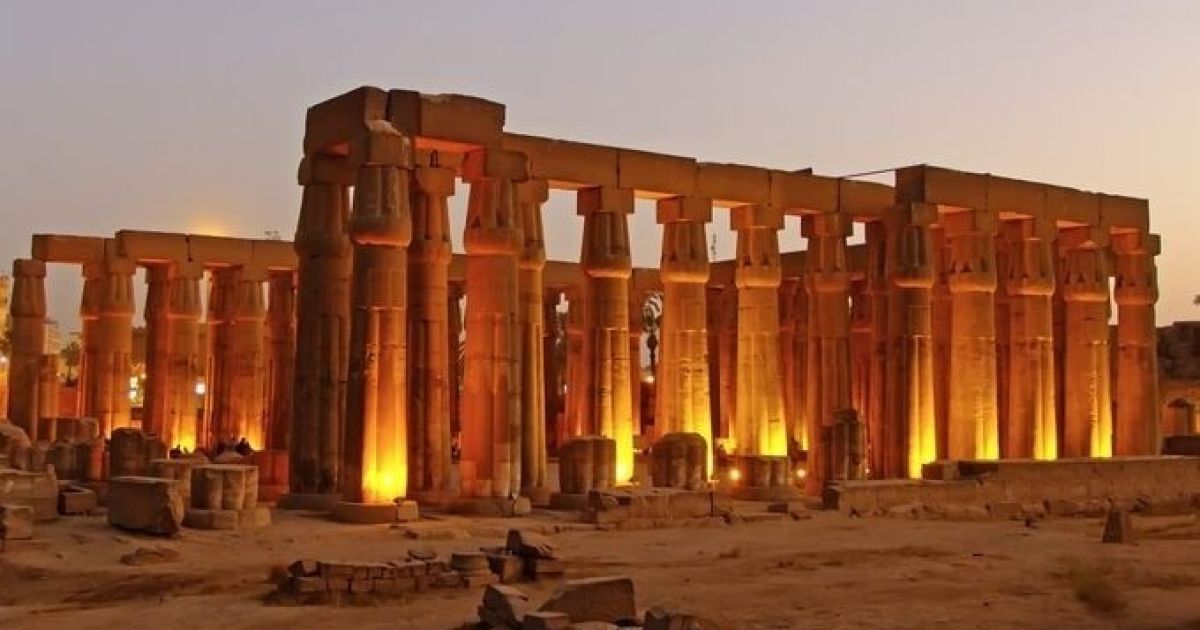
Conclusion
Recap of Luxor’s Charm
Luxor is a captivating blend of ancient history and vibrant culture, enchanting visitors with its stunning temples, rich culinary offerings, and welcoming locals. From the awe-inspiring Valley of the Kings to the bustling streets lined with charming shops, every corner invites exploration. Key highlights include:
- Incredible Historical Sites: Each temple and tomb tells a unique story of Egypt’s glorious past.
- Culinary Adventures: The local cuisine introduces flavors and dishes that are both hearty and delicious.
Truly, Luxor’s charm lies in its ability to spark wonder and curiosity in every traveler.
Final Thoughts
As you reflect on your time in Luxor, consider embracing the depth of its history and the warmth of its people. This remarkable city invites you to connect with the ancient world while offering a modern-day experience rich in culture.
Whether you’re cruising the Nile, bargaining in the markets, or simply absorbing the atmosphere, Luxor remains an unforgettable destination. Each visit not only enhances appreciation for ancient Egyptian civilization but also creates cherished memories that will linger in your heart for years to come. So pack your bags and let Luxor’s stories unfold, as they await to be discovered by you!

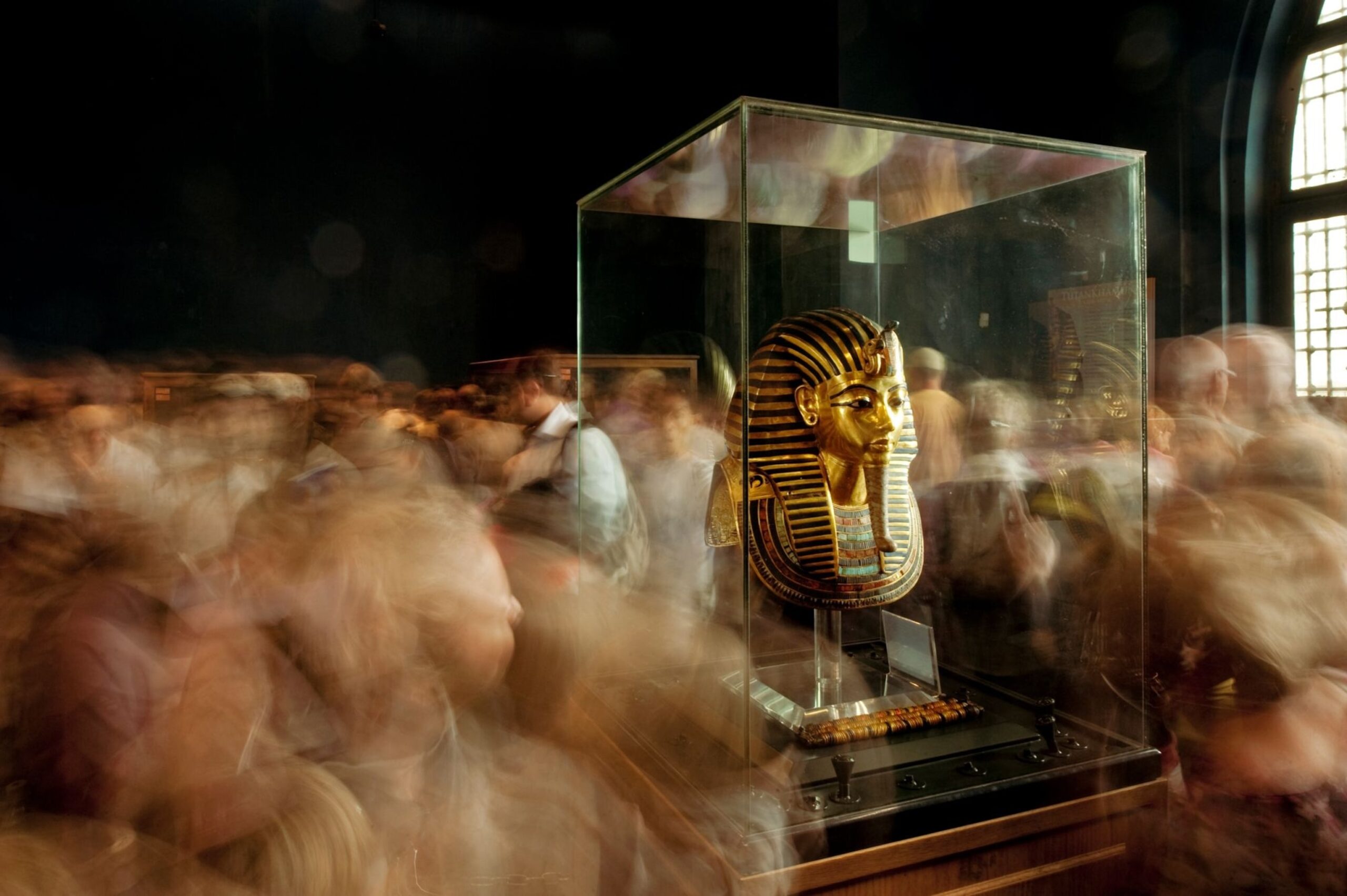


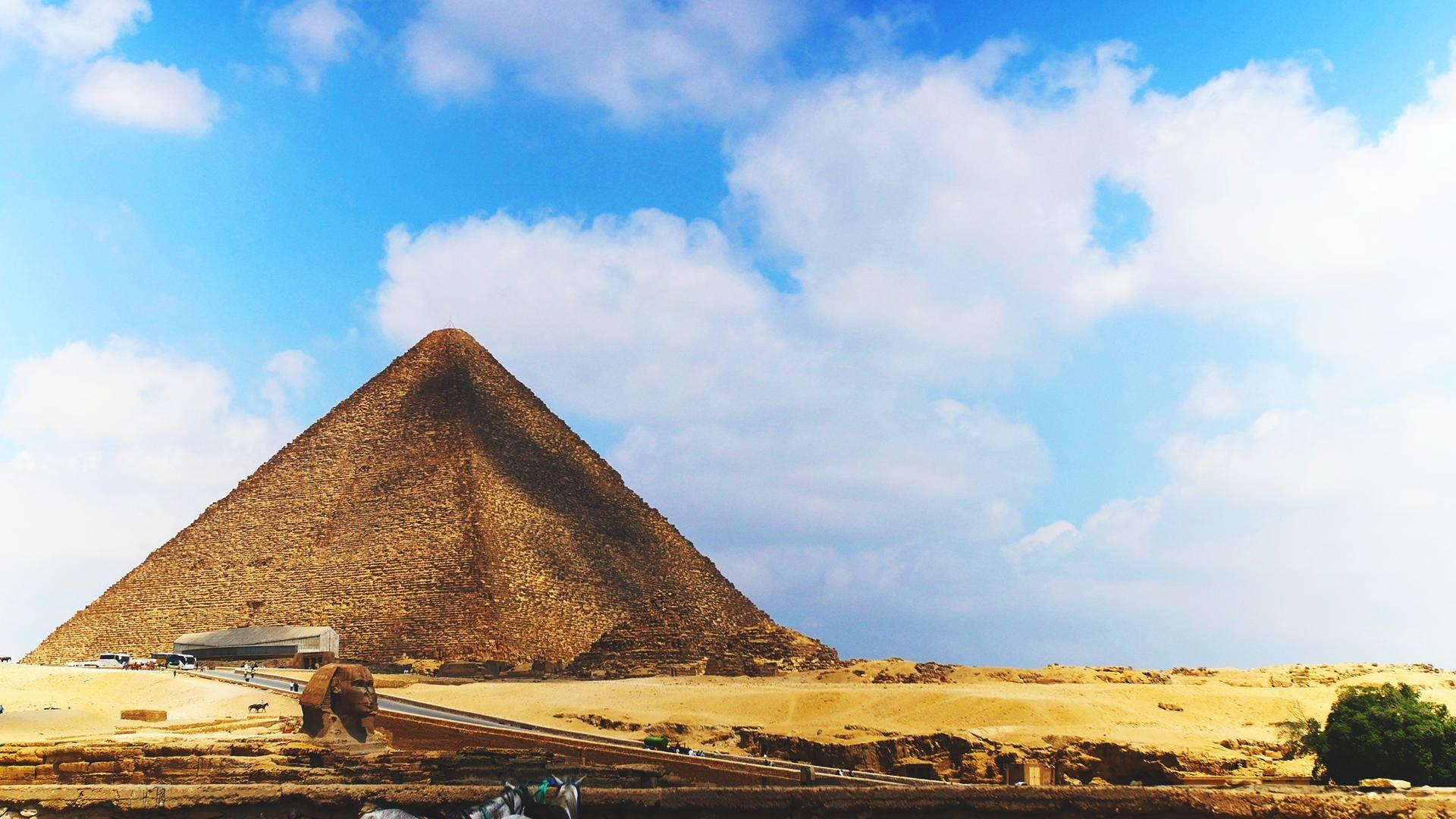

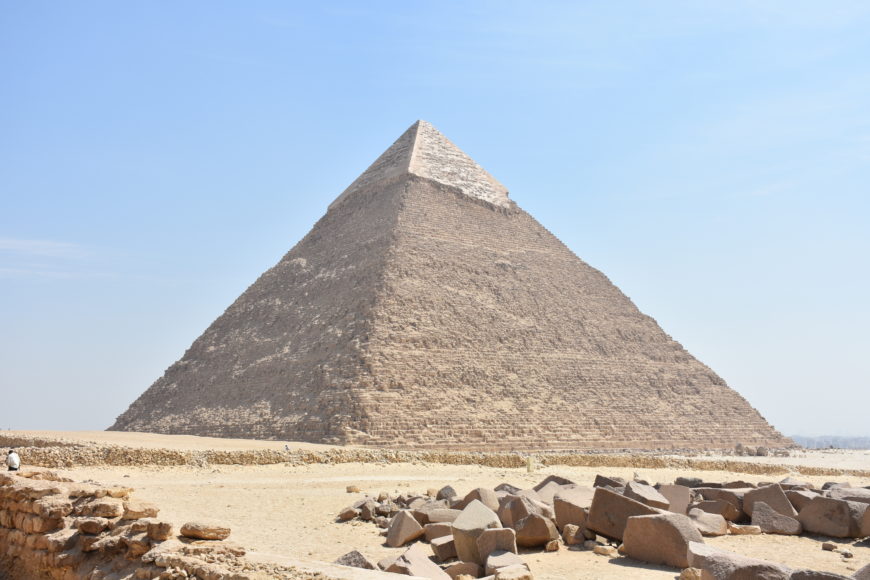


490966814.jpg)
